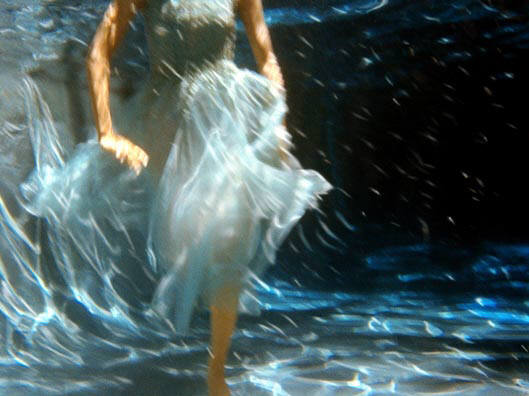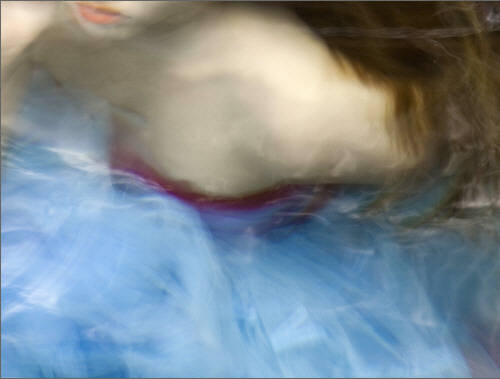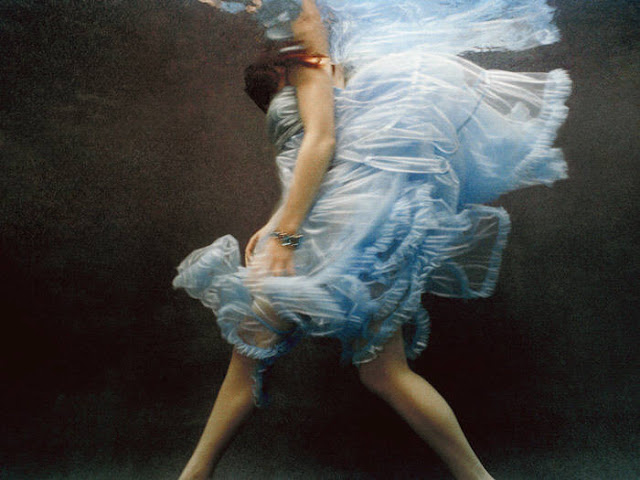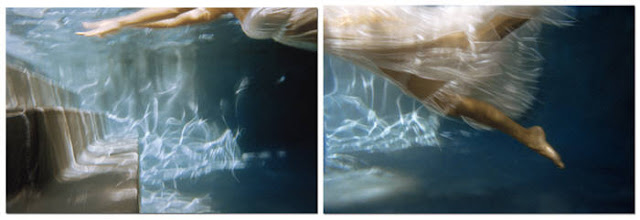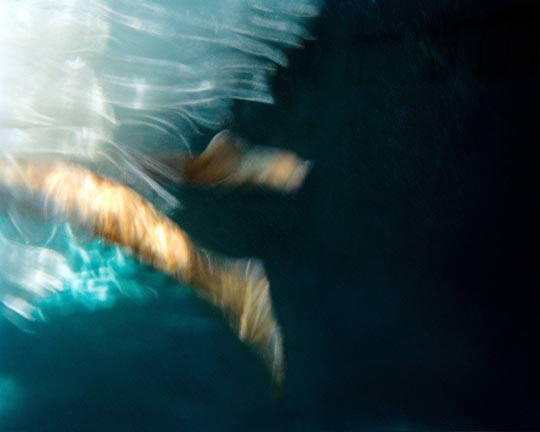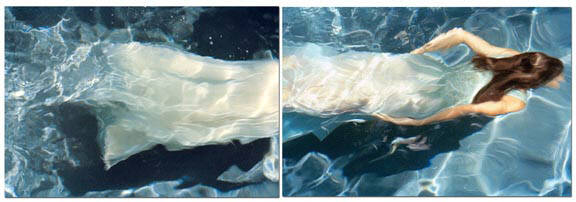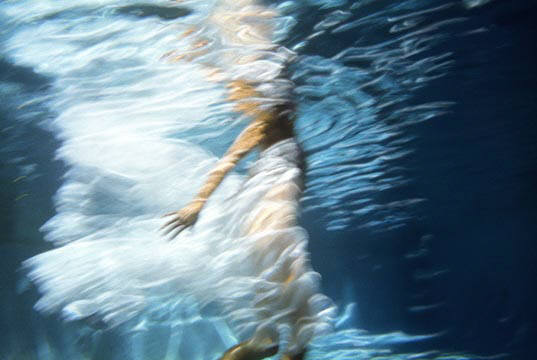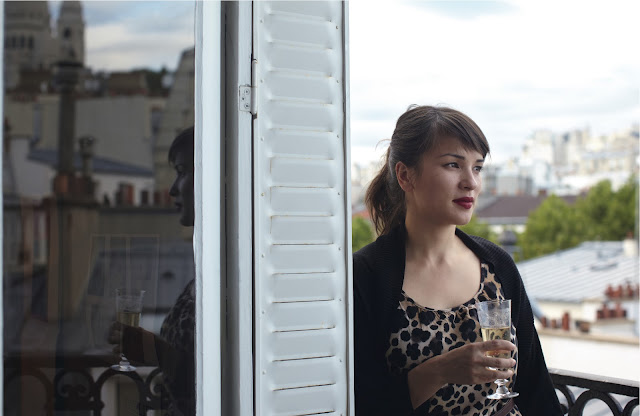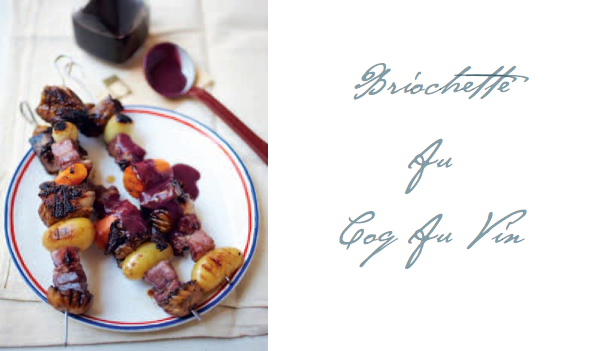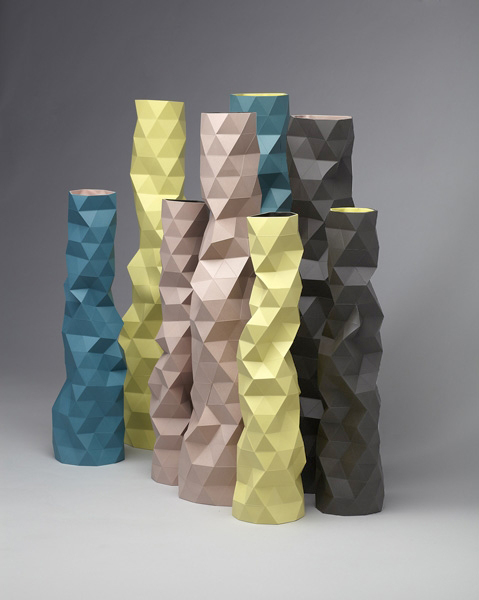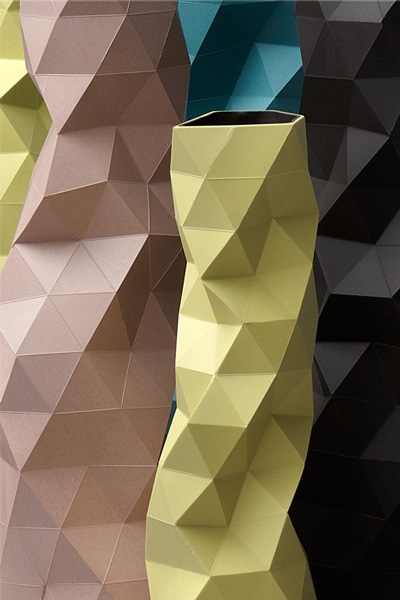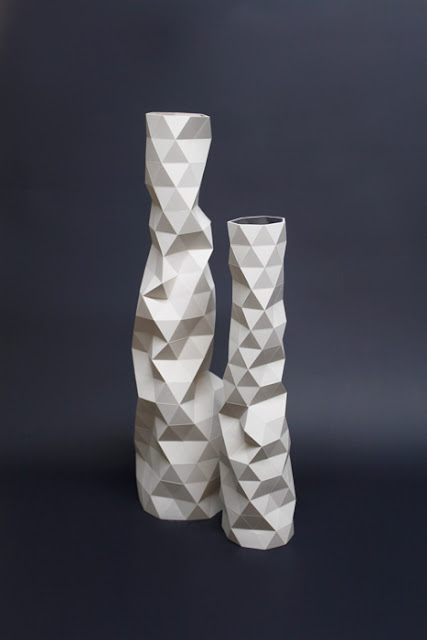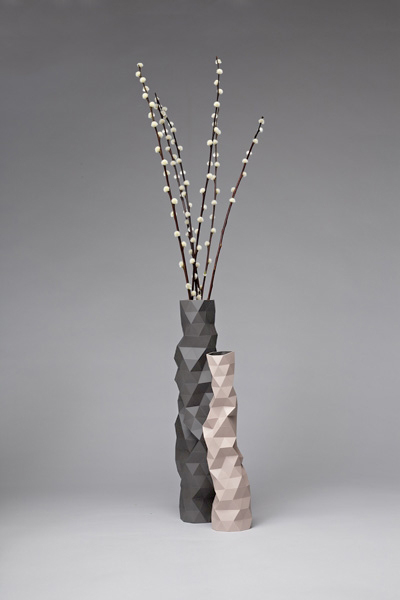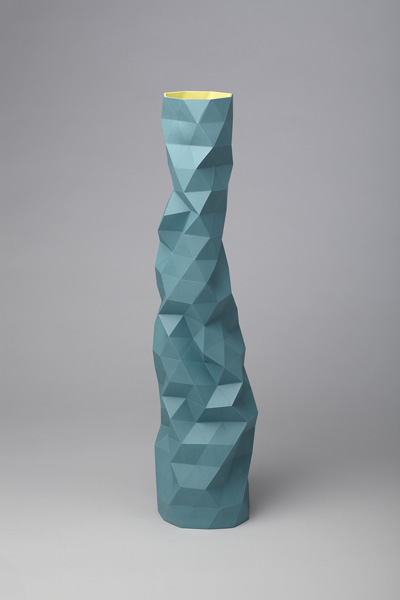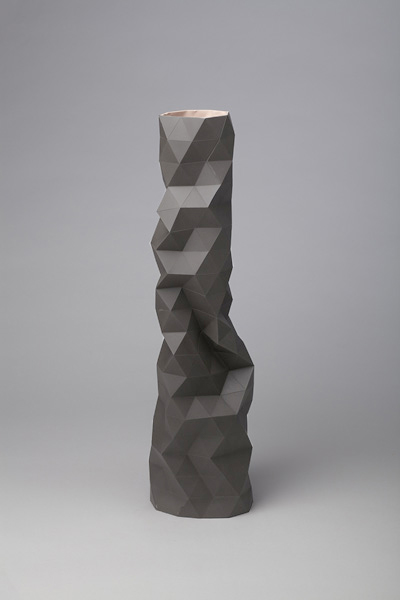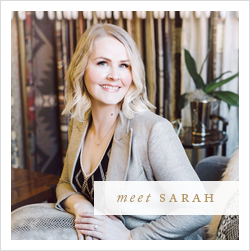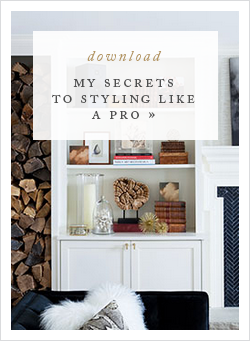The Curated Collection | Barbara Cole
My fascination with water goes back to my earliest memories. Somehow it was always the place where I felt most at home – free to explore the stillness or the resistance in it; to work hard and feel the grip of my muscles against the pull of its density, or to simply float effortlessly while dreaming limitlessly.
Water has always had the power to distort things in a meaningful way for me. It took the limits others placed on me and helped me push them back like a wave. It became my sound-proof sanctuary where I could reveal my heart, knowing no one could understand my watery words. My sacred revelations rippled out into the blue like the play of light beneath the surface. I suppose water has always been rather healing for me since then.
I share this with you because I think it explains why I have such a visceral reaction to the fine art photography of Barbara Cole. She, too, sees the power of water to distort things meaningfully, transforming beauty into an otherworldly underworld of figurative fantasy.
A self-taught photographer who started out in image making in the 1980s, Cole pushes beyond the limits of rules and standard practices, delving deep into the realm of the spectacular.
Cole lives and works in Toronto and will be revealing her latest body of work in September 2013 at Bau-Xi Photo.
Wishing you all a day of working and resting; of labouring and dreaming; of light and sound and sanctuary; of safety in being known.
xo
s.



